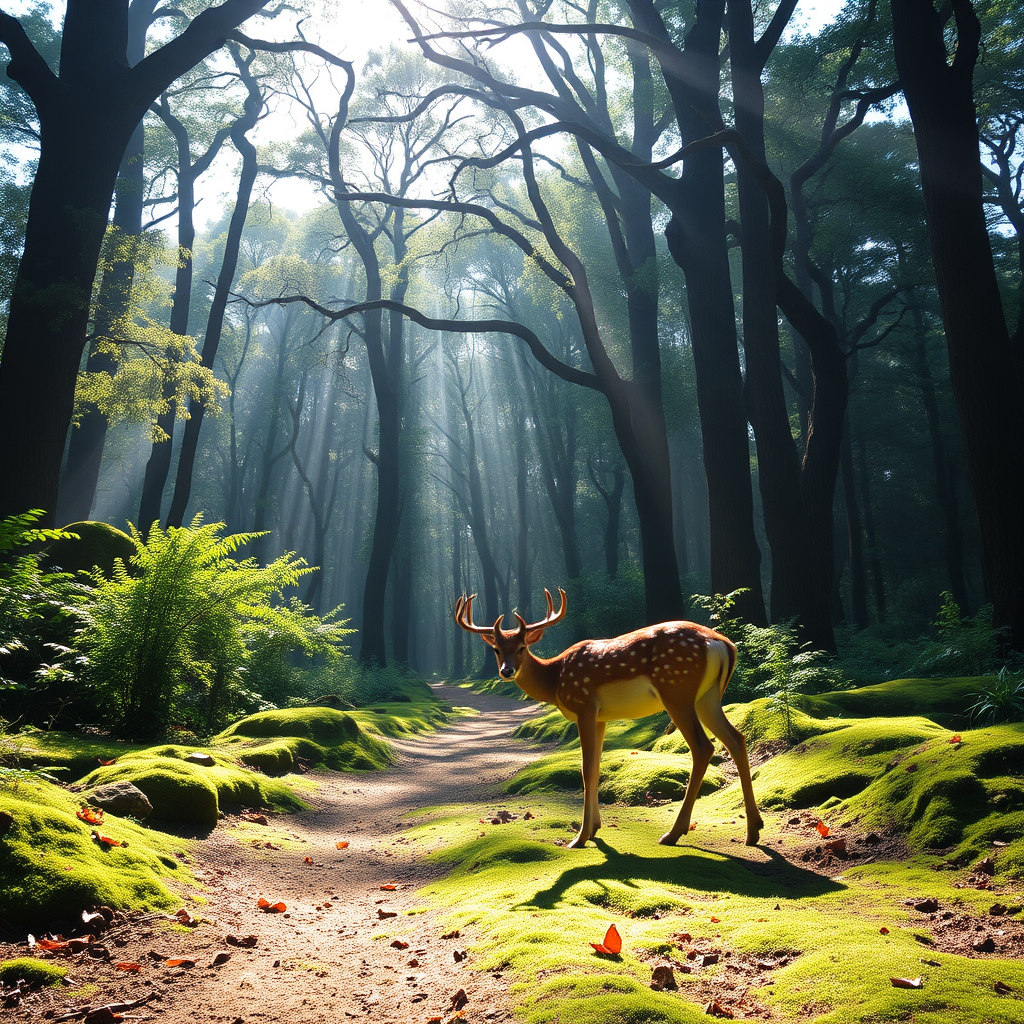Nestled in the Kumaon region of Uttarakhand, Binsar is a pristine sanctuary where nature thrives in its purest form. The air is filled with the melodious chirping of birds, the dense oak and rhododendron forests whisper ancient secrets, and the towering peaks of the Himalayas stand as silent sentinels over this untouched wilderness. Binsar isn’t just a destination; it’s an experience that awakens the soul.
The history of Binsar dates back to the 9th century when it served as the summer capital of the Chand Dynasty rulers. The Binsar Wildlife Sanctuary, established in 1988, sprawls over 45 square kilometers and was once a protected hunting reserve for the royals. Today, it stands as a testament to conservation, offering refuge to a diverse range of flora and fauna.
The forests of Binsar are a verdant paradise dominated by oak, rhododendron, and deodar trees. The towering Banj oak (Quercus leucotrichophora) is the most prominent, its broad leaves creating a dense canopy that filters sunlight into a soft, golden glow. The vibrant rhododendron arboreum, locally known as Burans, paints the hillsides crimson during spring, while the Himalayan cedar (Cedrus deodara) adds a regal touch with its towering height and fragrant wood.
Binsar’s avian population is nothing short of spectacular. Over 200 species of birds call this sanctuary home, making it a paradise for birdwatchers. The melodious calls of the Himalayan monal, India’s national bird, echo through the valleys, while the vibrant scarlet minivet and the elusive cheer pheasant add splashes of color to the greenery. The sanctuary is also a haven for raptors like the steppe eagle and the Himalayan griffon, soaring high above the treetops.
The wildlife here is equally enchanting. Leopards, though elusive, leave their mark with occasional sightings and pugmarks on muddy trails. The barking deer (muntjac) and the Himalayan goral are frequently spotted grazing in the meadows, while the Indian fox and yellow-throated martens add a touch of wilderness to the landscape. The sanctuary is also home to a rich variety of butterflies, including the rare Kaiser-i-Hind and the vibrant Paris peacock.
What makes Binsar truly magical is its untouched wilderness. Unlike commercial hill stations, Binsar remains unspoiled, with trails that meander through dense forests, open up to panoramic views of Nanda Devi, Trishul, and Panchachuli peaks, and lead to hidden clearings where one can sit in silence, listening to the symphony of nature. The Zero Point viewpoint offers a 360-degree vista of the Himalayas, a sight that leaves visitors spellbound.
For those seeking solitude, Binsar’s homestays and eco-lodges provide the perfect retreat. Waking up to the sound of birds, sipping tea while watching the mist rise from the valleys, and spending evenings by a bonfire under a star-studded sky—these are the moments that define Binsar.
In a world where untouched natural beauty is becoming rare, Binsar stands as a reminder of what we must cherish and protect. Its forests, birds, and mountains are not just a visual treat but a balm for the weary soul, offering a connection to the earth that is increasingly hard to find.

